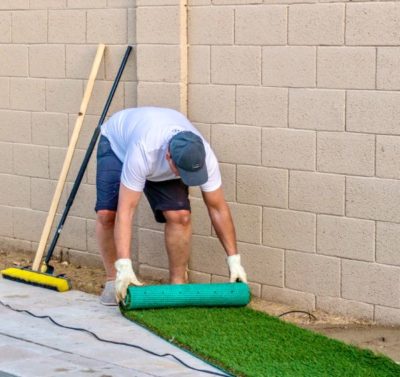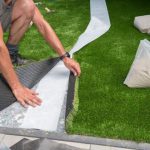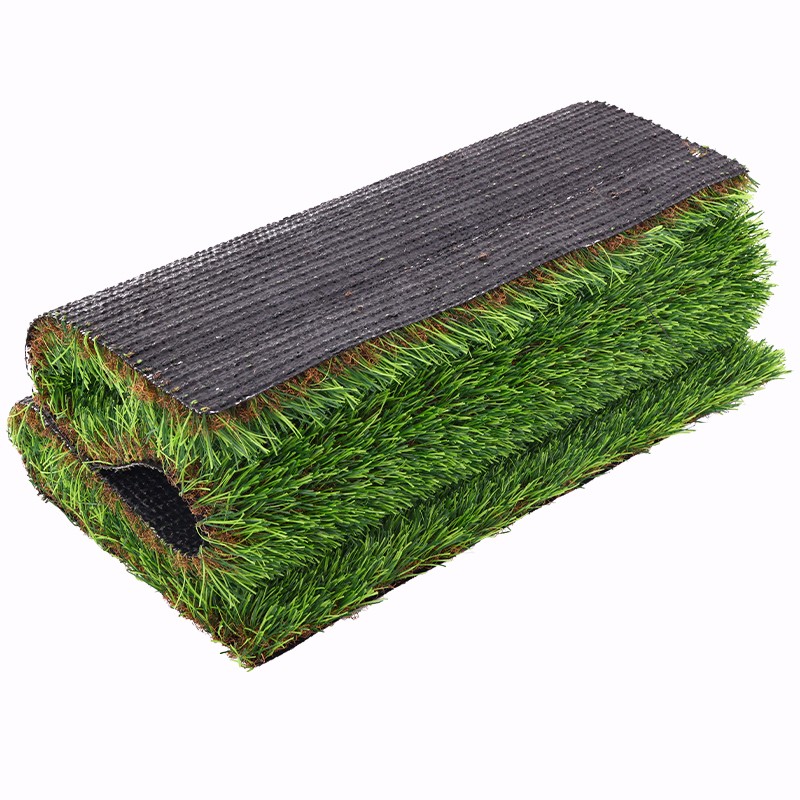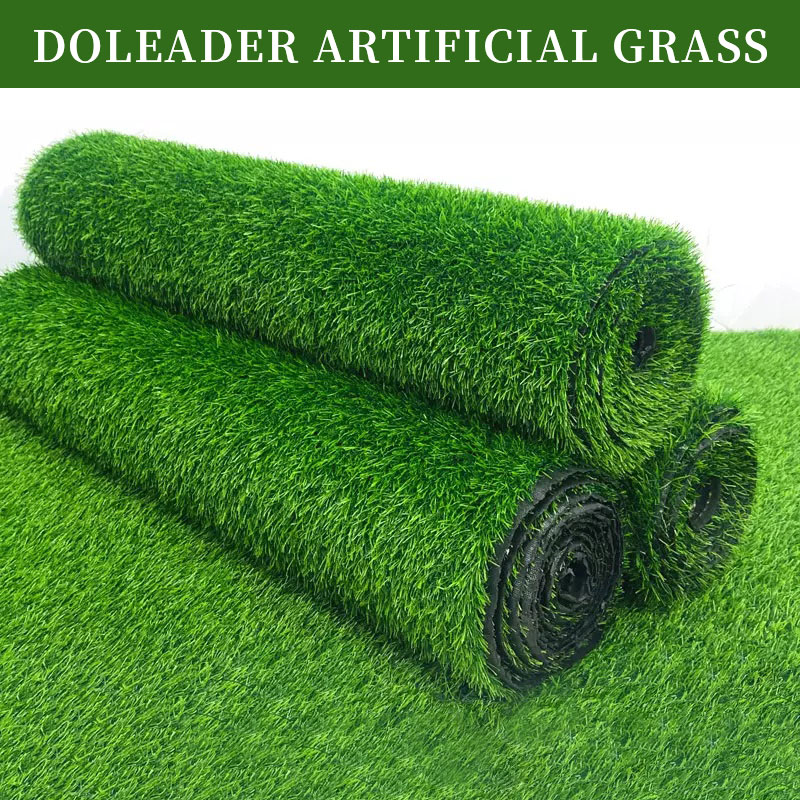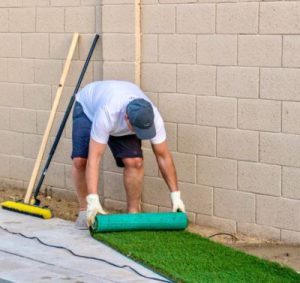
While hiring professional installers is recommended for larger or complex projects, many homeowners are embracing the idea of installing artificial grass themselves for smaller-scale landscape upgrades. With the right tools and instructions, a DIY installation can be an achievable and rewarding experience.
Before getting started, proper planning is key. Carefully measure the area to calculate the amount of artificial turf needed, accounting for overlap and waste. Select a high-quality turf variety suitable for your climate and intended use, whether for a plush lawn, pet run, or playground area. Gather the additional materials like weed fabric, nailer boards, infill, and power tools.
Here are the essential steps for a successful DIY artificial grass installation:
Preparation Clear and level the installation area, ensuring perfect grading for proper drainage. Cover the entire space with a weed-suppressing landscape fabric, securing the edges.
Base Layer
Install a 2-4 inch base layer of crushed aggregate like granite or limestone screenings. Compact the base thoroughly using a tamping tool or small plate compactor. This provides the critical drainage layer.
Secure Perimeter Secure pressure-treated nailer boards around the entire perimeter using long galvanized nails or screws. These boards will anchor the turf edges and create a polished border.
Unroll and Seam Carefully unroll the artificial turf over the prepared base, allowing excess on the perimeter. Seam the turf panels together as needed using specialized nailstrip and adhesive. Ensure all seams are flat and gap-free.
Anchor and Secure Secure the turf firmly along the edges using galvanized nails into the nailer boards every 6-8 inches. Apply a line of turf adhesive along the final outermost edges for lasting adhesion.
Add Infill Finish by brushing in a layer of silica sand infill or rubber granules to help weigh down the turf fibers for proper aesthetic and performance. Broom thoroughly to work the infill down into the base.
With patience and precision, homeowners can successfully install artificial grass themselves while saving on labor costs. Taking your time with site preparation, layout, seaming, and anchoring will ensure a smooth, seamless installation for years of low-maintenance lawn satisfaction.


